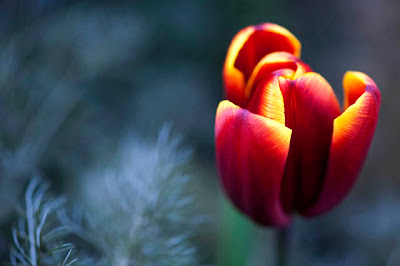If contemporary garden and landscape design is going to look at it best then it needs a suitable backdrop in just the same way that modern buildings need to be given an appropriate context in the nature of their setting. The general drift of modern architecture towards clean graphic buildings with multi-purpose living spaces, a focus on the use of new materials used honestly and an air of informality is not yet reflected in the buildings that are still being built in their thousands by the big developers. There are some exceptions of course, but for the most part these emerging design trends remain a lusted-for ideal in the pages of the design glossies.
Part of the problem (in design terms) is that in the UK we have such a vast stock of period houses – Victorian and Edwardian terraces and semi-detached houses dominate the fringes of all our towns and cities, the watered-down Arts and Crafts style of most of the latter having become the de facto vernacular architecture over much of the UK. Although these houses are capable of some internal reorganisation they will never manage to achieve the sort of clarity of which a new house is able – even an expensive architect-designed remodelling will ultimately run up against the exterior design: unless the house is demolished a compromise is inevitable. Since 1945 it seems that, although high-rise and other high density housing has attempted to embrace modern design, new stock of individual houses has generally followed the inter-War pattern, and even today we see otherwise perfectly liveable new houses dressed up as Edwardian pastiche.
Faced with this welter of ‘traditional’ housing design it is no wonder that potential clients think they need ‘traditional’ garden design to go with it. For a designer it’s an equally difficult tightrope walk – creating a garden that will respect and complement the architecture but that also allows a bit of current design flair can be a tricky one to pull off.
I’d argue that, although there are some refreshingly different new housing developments around, we do not yet have the sort of critical mass that allows us to identify a new vernacular, and given that, it’s no surprise that clients are still requesting ‘traditional’ gardens. I’d also argue that the use of landscaping on new developments is rarely anything other than atrocious – having got a landscaping plan past planning control it seems that there is little appetite amongst developers to then push the boat out and do a decent job of designing and building the exterior setting for their houses. It’s all a question of the budget, and the impulse to avoid anything that will detract from the bottom line is a powerful one, especially when the prices for your product are falling anyway. As a result new projects invariably seem to end up with turf, a conifer and some yellow stained fencing, all jammed into sadly depleted soil over builders’ rubble.
How do we escape this cycle? Planning control would seem the obvious place to start, and if planners gave more rigorous attention to the detail of some landscaping proposals developers might be encouraged to be more creative and to put more effort into the settings for their houses. It would also help if developers could be encouraged to start moving away from the notion of the ‘traditional’ house – especially when there is an opportunity to integrate modern design into areas already bulging with ‘traditional’. One-offs by architects for individual clients are starting to break up the uniformity of the townscape in many areas, but the truly impressive modern development is a rarity outside the largest cities. Of course the resources available to enable the planning process to contribute in this way are limited, and becoming more so, and the likelihood is remote.
In the end it is all about vision – on the part of developers to engage in good, democratic, sustainable and appropriate design, on the part of planners to allow new modes of building into our towns, cities and villages and on the part of landscape architects and garden designers to create spaces and surroundings that complement the structures. There are good examples out there, but with an ongoing need for affordable and economic housing there is a great opportunity to create the sort of contemporary buildings and spaces that reflect current approaches to design, if only there is the will. Chucking out the chintz is only the start!
The images are courtesy of Mole, an Ely-based architect's office which seems to have a talent for beautiful sustainable contemporary design which reflects the architectural heritage of the site.










